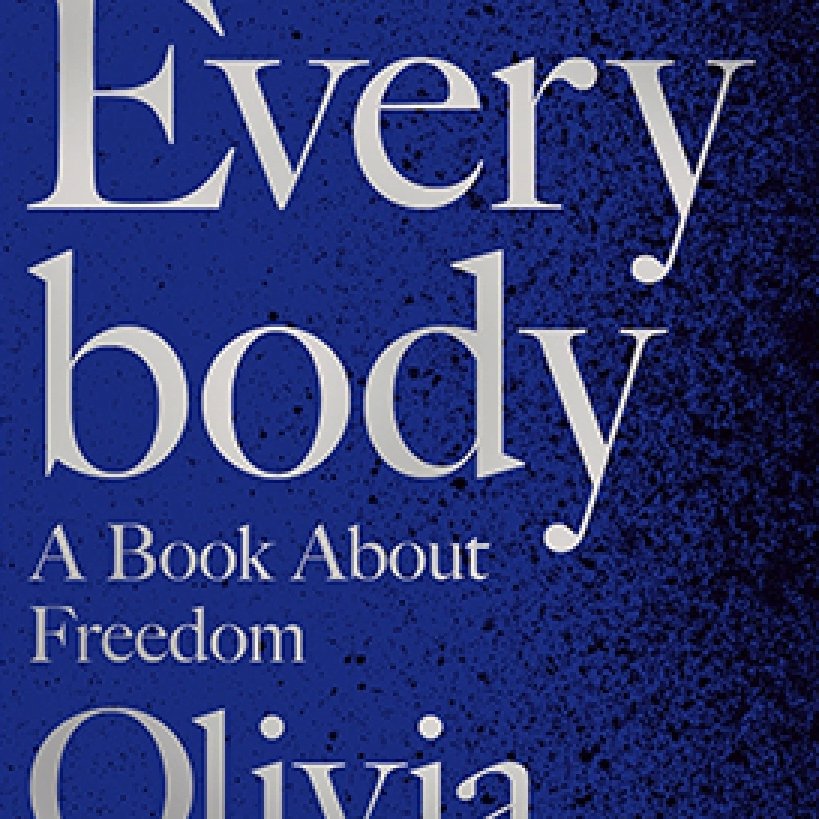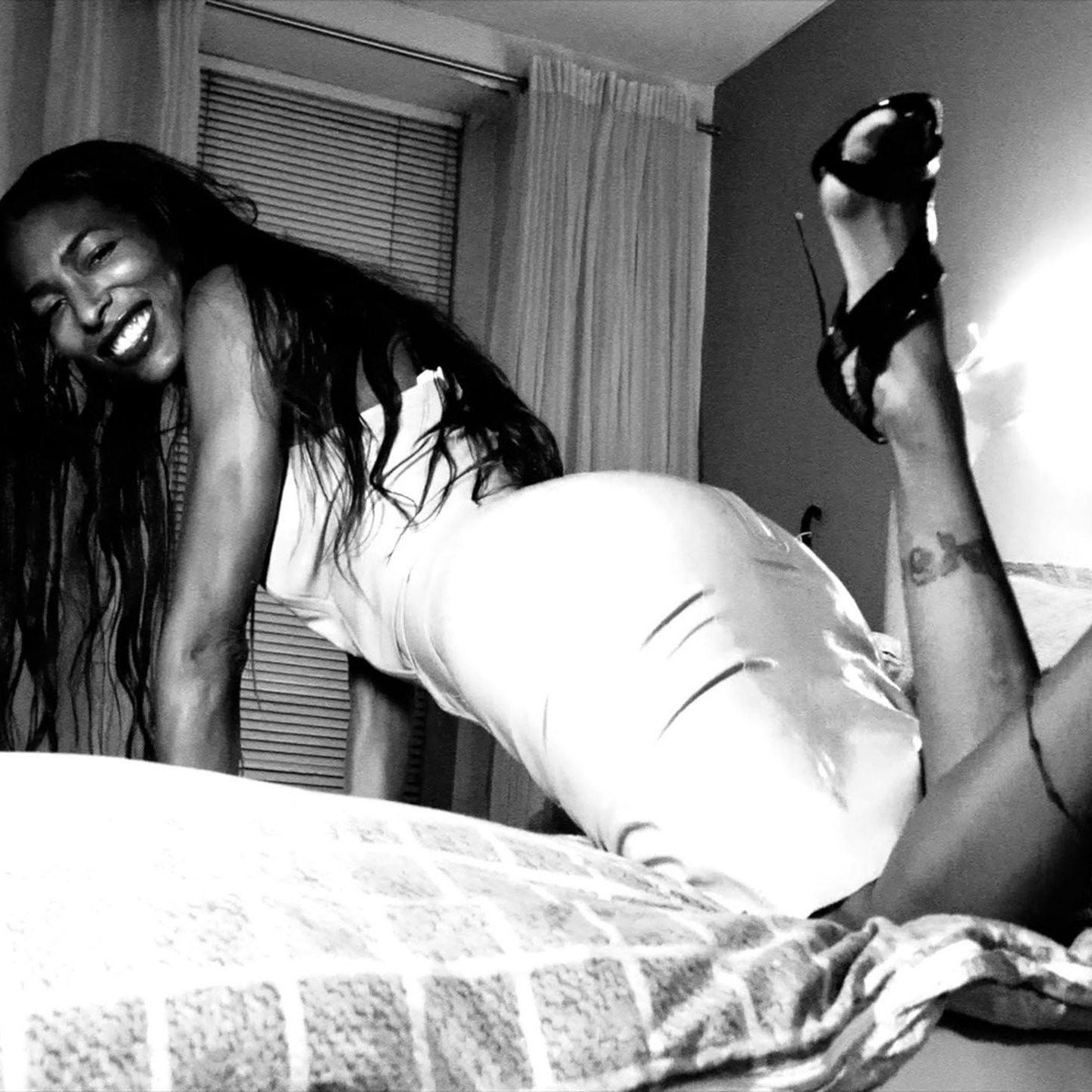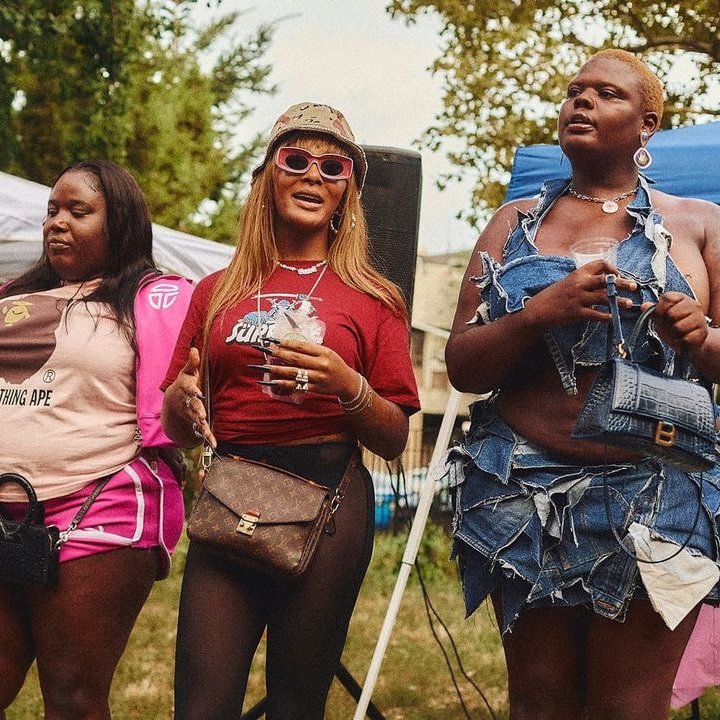Why We’re Still Fighting for Dance and for Pride
By way of beginning, I want to show you a summary of the anti-LGBTQ legislation put forward by lawmakers across America at the current moment.
The ACLU is currently tracking 494 bills categorized as harmful to the rights of the LGBTQ community.
78 have been passed into law.
195 have advanced to the next stage of the legislative process.
Another 3 have been introduced since the beginning of 2023.
216 have been defeated.
These laws include banning healthcare for trans individuals, banning trans teenagers from participating in sports, preventing public schools from providing coaching staff for trans teenagers wanting to participate in sports, and prohibiting minors from attending drag shows.
The online nonprofit Trans Legislation tracked anti-trans bills which have both passed and failed in state governments across the country.
There were a total of 174 anti-trans bills introduced in 2022, setting a record for the third year in a row.
These bills were introduced in 33 states.
142 failed.
26 passed, in states like Alabama, Arizona, Georgia, Florida, Indiana, Iowa, Louisiana, Oklahoma, South Carolina, South Dakota, Tennessee, and Utah.
Of these bills, the majority focused on banning access to gender-affirming healthcare for teenagers and adults alike and banning trans teenagers from competing in high school sports – including one 13-year-old who can no longer play on the field hockey team she helped create.
The mission of Dance for Pride has, and always will be, the creation of space within the ballroom dance community where queer, trans, and gender non-conforming identities are accepted; where the barriers between leader and follower are allowed to dissipate and dissolve; where partner dancing can progress into something intimate and artistic, beyond its roots in traditionalism.
After the beginning of 2020, when it seemed that same-sex partnerships would be allowed equal footing in the competitive space, I began to doubt whether such an event would continue to serve a purpose; however, it became clear during the Black Lives Matter protests that many dancers were either unwilling to have difficult conversations, or lacked a forum where they could host discourse. In Dance for Pride’s absence, the attack on LGBTQ+ rights has been shocking and unprecedented; in its effort to drive a culture war wedge between members of the working class, the Republican party has turned to the issue of trans rights, after having finally overturned Roe v. Wade. In his concurring opinion, Clarence Thomas called into question “all of this Court’s substantive due process precedents, including Griswold, Lawrence, and Obergefell” – the latter being the case which gives all Americans the right to marry.
By way of pivoting, I want to tell you about a summary by PEN America, which tracks book bannings in American schools.
From July 2021 to June 2022, 2,532 books were banned, affecting 1,648 unique titles.
Most bans occurred in the states of Texas and Florida, but also Tennessee and Pennsylvania.
41% of the books, a total of 674, were banned due to LGBTQ+ themes, protagonists, or prominent secondary characters.
40%, a total of 659, were banned due to protagonists or prominent secondary characters of color.
21%, a total of 338, were banned due to issues of race and racism.
10%, a total of 161, were banned due to themes of rights and activism.
49% of the books banned were considered to be Young Adult.
75% of the books were fiction.
PEN America has further identified 50 groups pushing for book bans across the nation at the local, state, and federal levels.
PEN America estimates that 40% of the bans occurred due to proposed or enacted legislation.
The first time I visited Berlin, I traipsed around like a tourist in the sunshine and marveled at architecture. The second time, this past February, I happened to be reading Olivia Laing’s book “Everybody: A Story About Freedom” and while it stormed with all the bluster of the early spring I walked to Bebelplatz. The square, once known as and still colloquially referred to as Obernplatz, is fairly nondescript, and in fact I had walked by it without realizing what I was looking at, such was its mundanity. However, ninety years ago, the most significant of the Nazi book burnings took place there. The Institut für Sexualwissenschaft, an institute for sexual research led by physician Magnus Hirschfield, was ransacked by a group of Nazi students. Hirschfield’s own work mainly concerned sexual freedom and transexuality, and the institute advocated for sex education, contraception, free access to abortion, and treatment of sexually transmitted diseases. One doctor at the institute, Ludwig Levy-Lenz, pioneered early forms of facial feminization and masculinization surgery. The institute’s research, documents, books, and resources were burned in a massive bonfire in Obernplatz, now known as Bebelplatz, on May 10, 1933. I mention this all, because the importance of our access to information and education cannot be understated.
In her book, author Olivia Laing crafts a vast web of connections between history and art, spanning years and continents, centering them on the freedom of bodies and the work of radical psychoanalyst Wilhelm Reich. Reich worked closely with Hirschfield, and was a protegé of Sigmund Freud; he was present while the 20,000 books of the Institut für Sexualwissenschaft burned, and he would eventually flee to the United States at the outbreak of war. His most notorious invention, later in his life, was what he referred to as an “orgone accumulator,” a person-sized box which would concentrate a kind of energy, “orgone,” which Reich believed to run through all states of being – in the history books, his work is considered to be the result of delusional optimism, and he died in obscurity.
“I still don’t believe in orgone boxes but I do think Reich found his way to two durable truths,” Laing says, in the conclusion to her book. “I think the weight of history abides in our private bodies. Each of us carries a legacy of personal and inherited trauma, operating within an unequal grid of rules and laws that depends upon the kind of body we were born into. At the same time, we are porous and capable of mysterious effects on each other’s lives.”
Laing continues, saying, “Freedom doesn’t mean being unburdened by the past. It means continuing into the future, dreaming all the time. A free body need not be whole or undamaged or unaugmented. It is always changing, changing, changing, a fluid form after all.”
When I ask myself why I continue to host Dance for Pride, I am reminded of the work of those who came before us. Activism is a lot like gardening; we plant seeds, and we understand that we might not be around to see what our seeds grow to be. Not only do I see our mission as a continuation of this work, but I hope that those who come after us will benefit from our own activism; that the LGBTQ+ community will not be fighting these same battles in the future, that we will be able to celebrate in our freedom together.
“Freedom doesn’t mean being unburdened by the past. It means continuing into the future, dreaming all the time.”
By way of ending, I want to tell you about the organization we chose to support this year.
In response to the legislation passed in the state of Florida banning access to gender-affirming care for both youth and adults, we chose to donate our profits to an organization which supports those who live in a hostile environment towards their identity, and additionally provides resources and care – the Black Trans Travel Fund.
I feel it is significant to mention that, over the course of the Dance for Pride planning process, an individual who will remain unnamed asked that we choose a different organization, because this individual did not want to support an organization which supported a Black community.
Here is the organization’s mission statement:
“As a Black trans-led collective rooted in self-advocacy and mutual aid for Black trans women globally, our mission is to provide travel support, connect communities internationally, and establish paths towards opportunities, safety, and success.
We are here to assist in ushering in a new era of liberation for Black trans women across the African diaspora. We operate from a world where Black trans women experience more care, are valued and protected. We are seeking an end to transmisogynistic violence. We envision a network of Black trans initiatives in a united front fighting for the liberation of Black trans people. We work towards this vision through intentional community building, offsetting the economic impact of travel related expenses, and inviting others to leverage their resources to improve the safety and wellness of Black trans women.”
This year, we raised $450 for the Black Trans Travel Fund. If you would like to learn more, please visit their website here.
I want to offer a final thank you to everyone who attended our events, bought raffle tickets, and continue to support the work of Dance for Pride, and of Waltz Tango Foxtrot.
See you next year.
— Carly Mattox






